
The Pacific Northwest’s serene coastlines mask a formidable danger beneath. The Cascadia Subduction Zone, stretching from Northern California to British Columbia, is a ticking seismic time bomb. Recent studies highlight a 15% chance of a magnitude 8 or greater earthquake in the next 50 years, increasing to 29% by 2100.
Such an event could cause land to sink over six feet within minutes, drastically altering the landscape and expanding floodplains by up to 115 square miles. This sudden subsidence would leave little time for evacuation, posing significant risks to coastal communities.
Understanding this threat is crucial for preparedness and resilience planning.
1. The Mechanics of Subduction
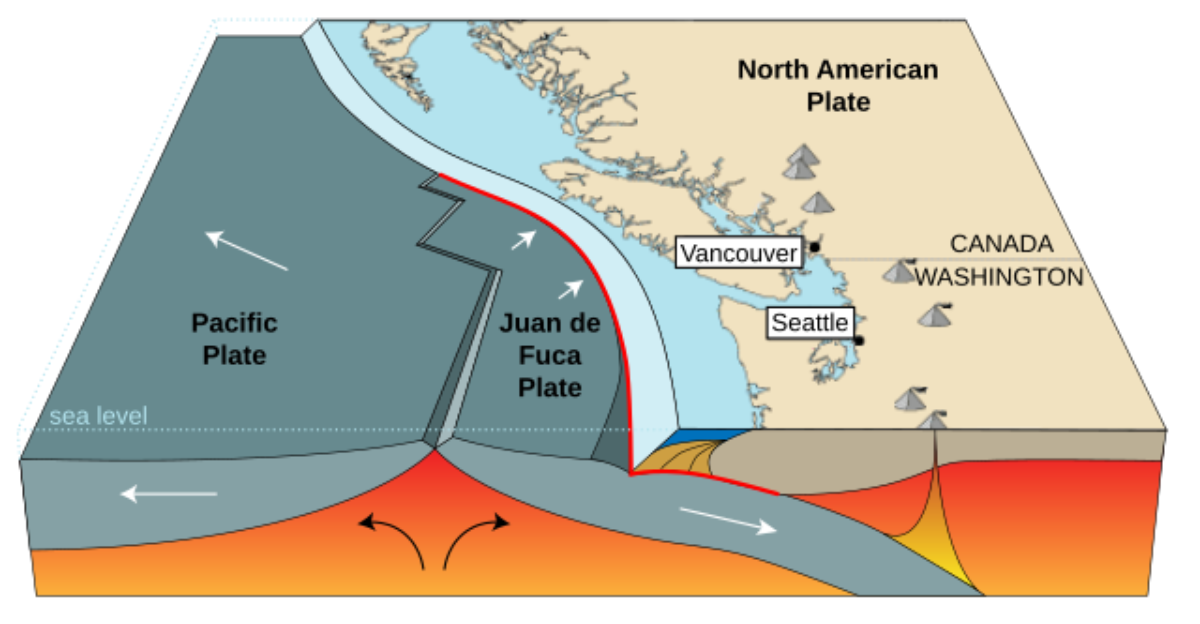
The Cascadia Subduction Zone is where the Juan de Fuca Plate is slowly sliding beneath the North American Plate. This tectonic collision builds stress over centuries until the earth finally slips, unleashing massive seismic energy in the form of an earthquake.
It’s a geological stalemate, one that ends with a violent shake and a sudden drop in elevation. Instead of the ocean rising, it’s the land sinking, sometimes permanently. That subsidence drastically increases flood risk, especially for low-lying areas like river deltas and coastal towns.
This isn’t just theoretical. Every inch of strain currently accumulating underground is one step closer to a seismic event that could change the coastline in minutes.
2. Historical Precedents

If this all sounds alarmist, consider history. In 1700, a quake estimated at magnitude 9 rocked the region. It was so strong, it sent a tsunami all the way across the Pacific to Japan. That event, now well-documented through oral histories and geological evidence, is our best blueprint for what’s coming.
Tree rings show where entire forests dropped below sea level. Coastlines vanished overnight. And Indigenous stories speak of the earth shaking violently and villages disappearing beneath waves.
It’s not a question of if it will happen again, it’s when. And when it does, we may have even more to lose than our ancestors did.
3. Infrastructure at Risk
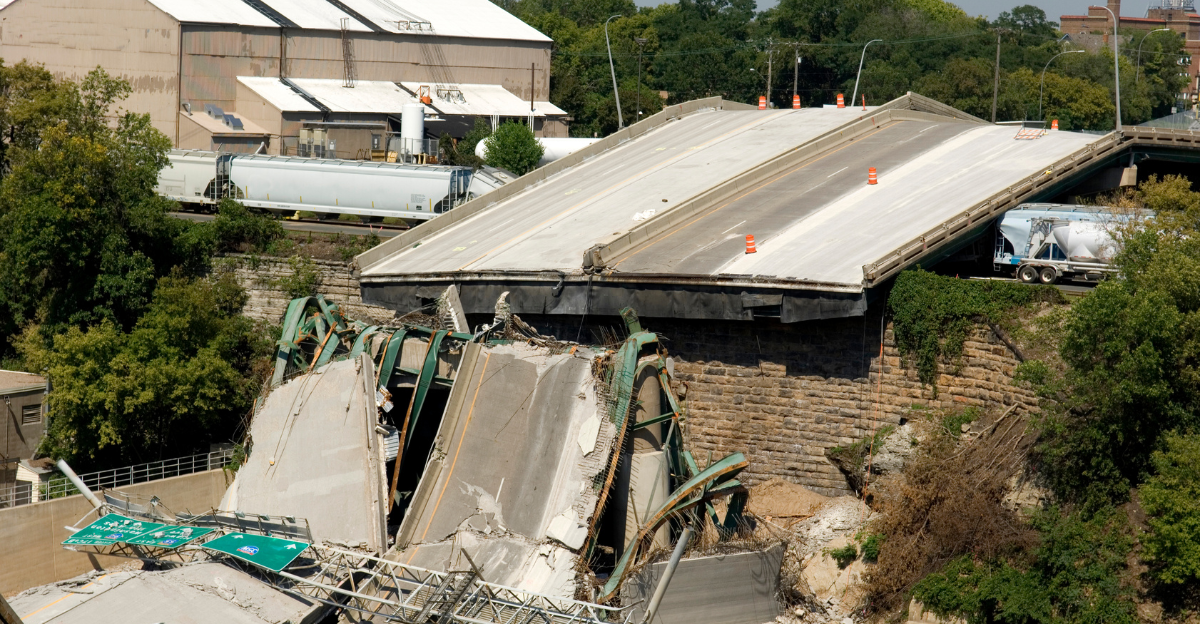
This isn’t just about homes on cliffs. A major quake and sudden land drop would affect airports, wastewater treatment plants, emergency services, and major roadways. In other words: everything you rely on day to day could be compromised in seconds.
Once the land sinks, roads buckle, bridges collapse, and supply chains screech to a halt. Coastal farmland could flood permanently, and first responders might not even be able to reach the people who need help.
Planning for a scenario like this means more than a disaster kit. It means reinforcing critical infrastructure now, before the ground gives way.
4. Population Vulnerability
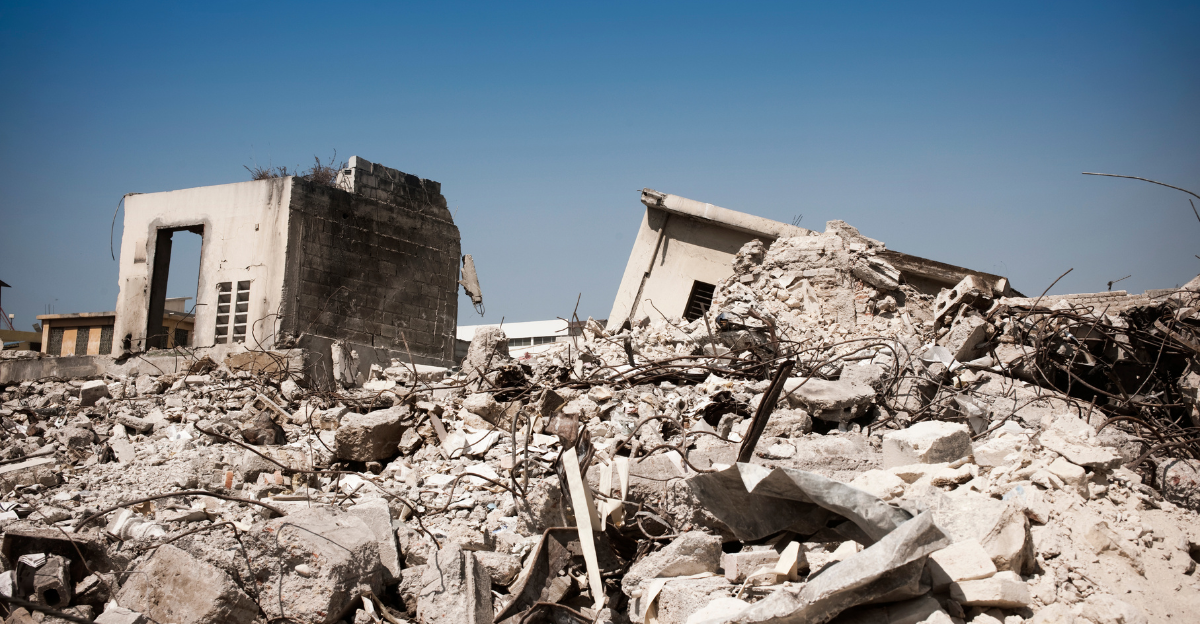
A quake of this magnitude doesn’t just damage property. It displaces people. Estimates suggest over 14,000 residents and 22,000 buildings could be flooded immediately after such an event. With sea-level rise factored in by 2100, those numbers could jump to nearly 18,000 people and 29,000 structures.
Many of these communities aren’t prepared. Emergency plans are outdated or nonexistent. Some people still don’t believe it could happen in their lifetime.
But it could. And ignoring it won’t make it go away. The sooner we address the human cost, the better we can protect the lives behind those statistics.
5. The Role of Climate Change
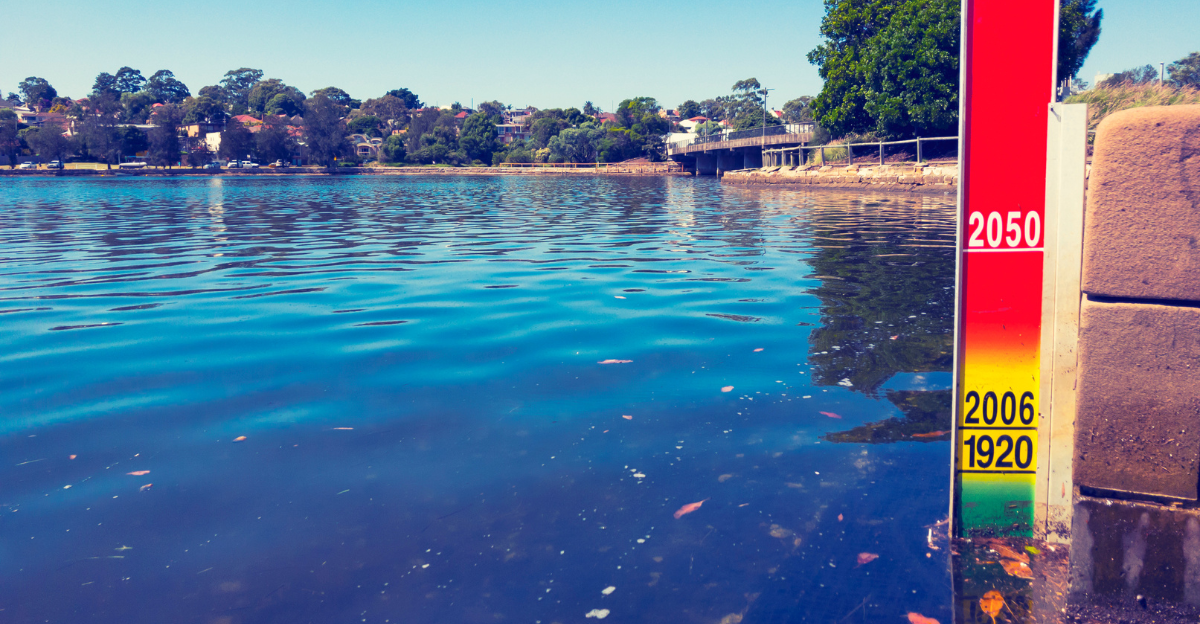
Climate change isn’t causing earthquakes, but it’s definitely making the consequences worse. Rising seas mean that when the ground sinks, the water doesn’t have far to go to claim new territory.
Subsidence from a massive quake could drop land several feet instantly. Add just a couple feet of sea-level rise and suddenly, whole communities become permanently uninhabitable.
Coastal cities need to plan for this dual-threat scenario. That means smarter urban development, elevation-based zoning, and long-term investments in climate-resilient infrastructure.
6. Emergency Preparedness

Preparedness isn’t just for doomsday preppers. It’s for every family living within striking distance of the Cascadia zone. That means evacuation plans, communication strategies, and regular community drills.
We also need better tsunami education. A lot of residents don’t know the natural signs, like rapid water recession or prolonged shaking, that indicate a tsunami is coming. Minutes matter, and knowing what to do can save lives.
Preparedness isn’t panic, it’s power. And the more prepared a community is, the faster it can recover.
7. Technological Advancements
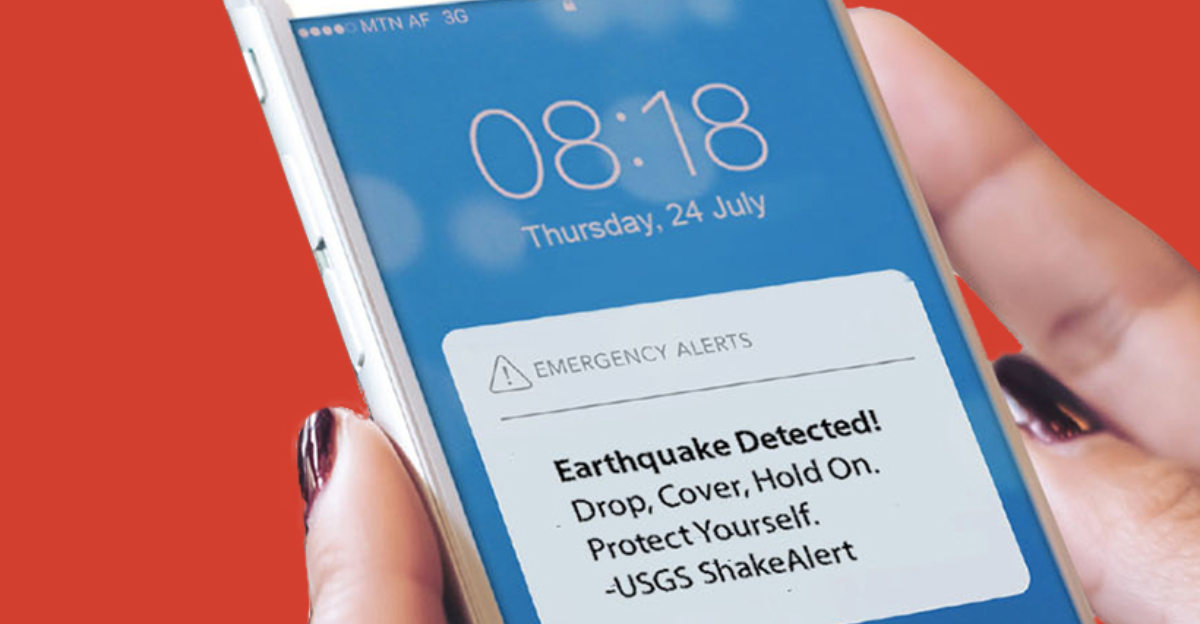
Technology won’t stop the quake, but it can buy us time. Early warning systems now exist that can detect the start of a quake and send alerts seconds before the shaking reaches major cities.
Those precious seconds could shut down utilities, pause surgeries, and allow people to take cover. But these systems need more investment, broader coverage, and public trust to work effectively.
The good news? We’ve got the tools. We just need the will to use them before, not after, disaster strikes.
8. Policy and Planning
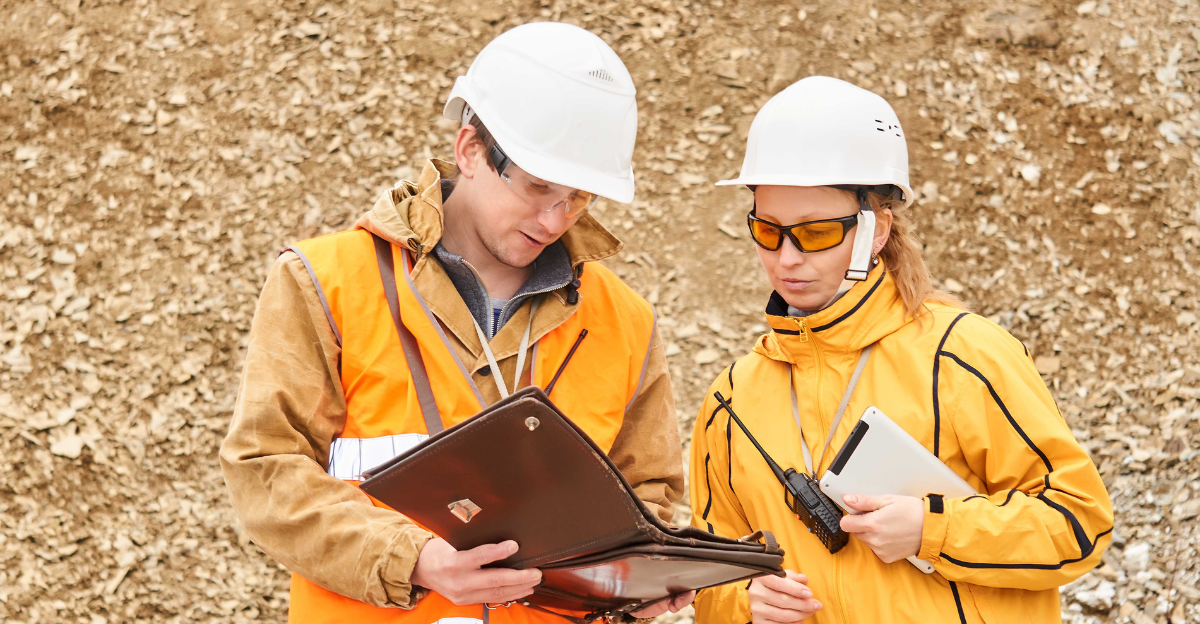
None of this works without leadership. Policymakers have to make tough calls about where people can build, how we design our infrastructure, and what emergency services need funding.
Restricting development in high-risk floodplains might not be popular, but it saves lives. So does strengthening building codes, investing in seismic upgrades, and requiring cities to update their emergency plans.
This is a long game. And it starts with the right policies today to prevent irreversible damage tomorrow.
A Call to Action
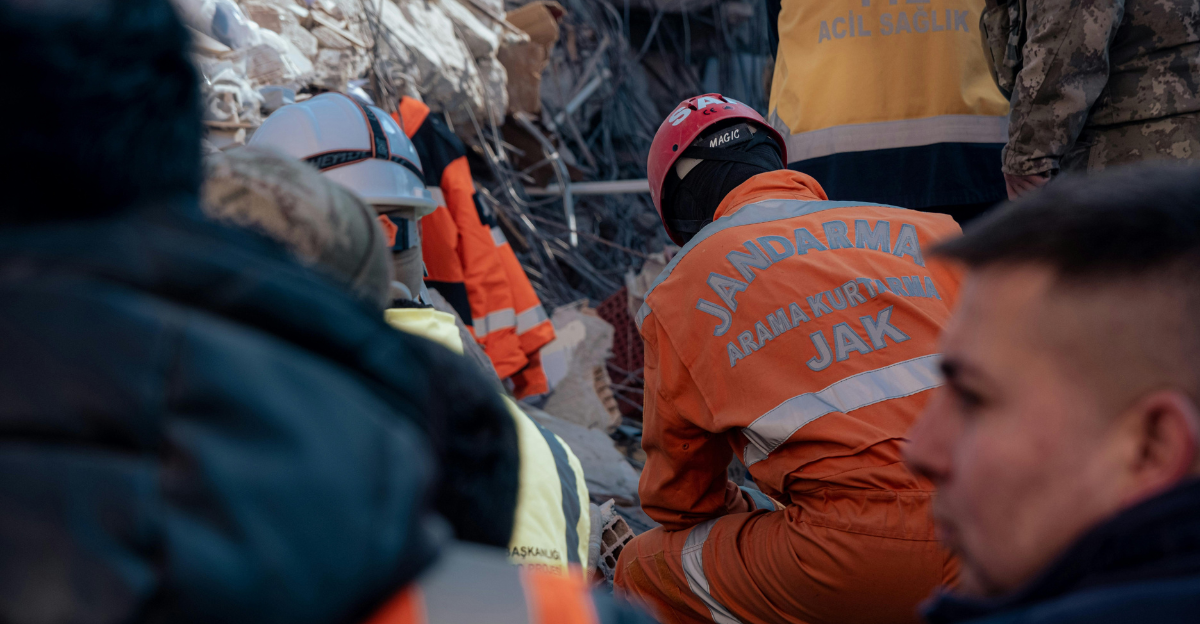
The threat from Cascadia isn’t just real, it’s overdue. We have historical proof, scientific consensus, and clear warnings from experts. What we need now is action.
Every year we delay is another year closer to impact. But there’s still time to reduce the damage, save lives, and strengthen communities. The ground beneath us may be unstable, but our response doesn’t have to be.
Let’s stop treating this like a sci-fi scenario and start preparing like our future depends on it. Because it does.
Explore more of our trending stories and hit Follow to keep them coming to your feed!

Don’t miss out on more stories like this! Hit the Follow button at the top of this article to stay updated with the latest news. Share your thoughts in the comments—we’d love to hear from you!







